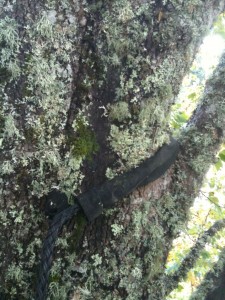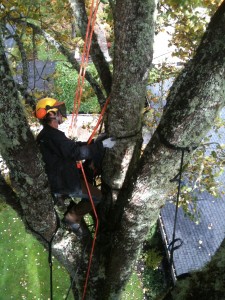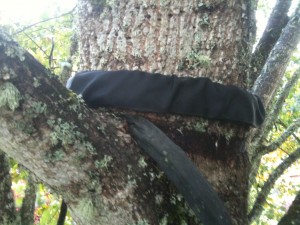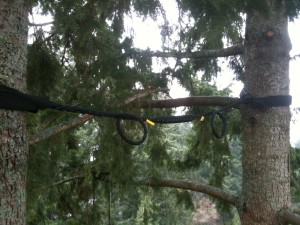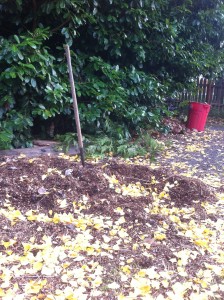 I often hear about how messy trees are. In the sense of clean up, this is true. However, the role they play in filtering our air, providing shade and buffers to sound and adding financial value to our homes, far out weighs the chore of raking leaves in the fall.
I often hear about how messy trees are. In the sense of clean up, this is true. However, the role they play in filtering our air, providing shade and buffers to sound and adding financial value to our homes, far out weighs the chore of raking leaves in the fall.
I would like to take a moment to sing my praises about wood chips and leaves! There are a number of reasons both are valuable and can be used in the landscape. Chips can be used for pathways, around trees, shrubs and vines and other plantings and in compost piles. They serve in regulating temperature when surrounding woody plants, provide a slow release of nutrients and keep soil more moist, aiding in nutrient uptake. Not to mention, keeping mowers and weed eaters further away.
Leaves are also very valuable in compost piles, and when placed around trees they put nutrients back into the soil as happens in the forest. If you don’t like the look of leaf piles around your plants year round, try doing it during the cooler months of fall and winter when you likely spend less time in your yard. I have one client who puts them around her plants in the fall then takes them away in the spring; resulting in an easy and inexpensive way to fertilize her plants. If you just don’t want leaves, another option is to put them up for free on Craigslist Freecycle, etc. This saves the time and money it takes to load and drop them off at the dump.
The simple message I am trying to convey is that chips and leaves are useful in keeping our plants and yards healthy and aesthetically attractive. And that it is less expensive to have them utilized than take them away yourself. Make them a resource, not a nuisance!


